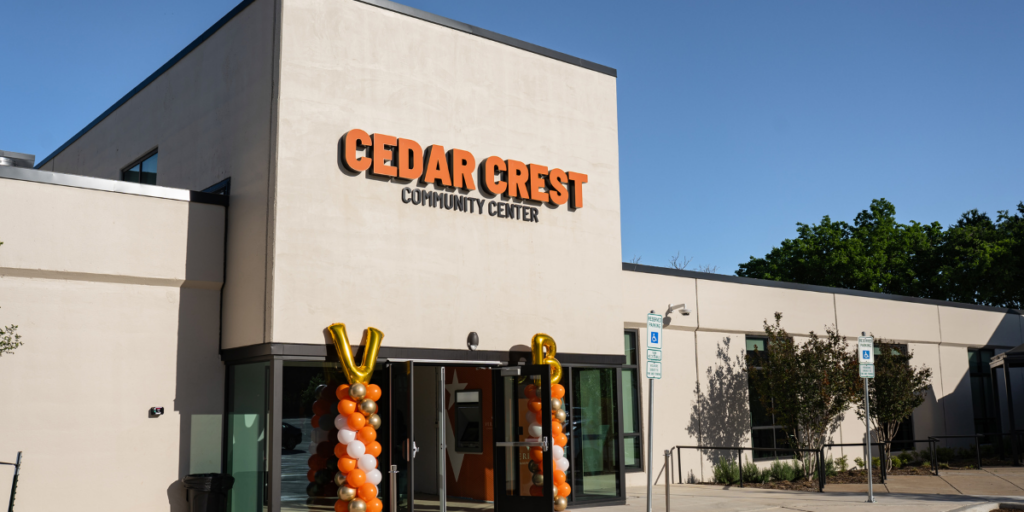Stay ahead with Veritex Community Bank’s insights on the latest economic trends and banking news. Discover key updates on the stabilization of construction material prices, industry challenges, and opportunities for 2024.
Construction Material Prices
Gordian’s(5) latest Construction Cost Insights reports that the start of 2024 brought a welcome stability to the construction material prices after years of volatility sparked by the pandemic. While there are still challenges in some product categories, the prevailing trend is that material prices are stabilizing at a macro level, with relative consistency in pricing dynamics in the past six months.
Historical Cost Index (HCI)5, which tracks the cost of construction material and labor over time, is up +37.19% over the past five years. In 2024, glimpses of the trend shift is highlighted by HCI of materials going down -3.56% Year-Over-Year.
This trend is most notably seen in commodities such as drywall, showing a persistent six months with pricing declines, as well as framing lumber which is at its lowest since the summer of 20205.

While most material prices are expected to stabilize, concrete block and fiberglass prices are surging. Gordian5 notes that “Prices for fiberglass insulation have risen continuously in the previous year, going up over 20% year-over-year. This is likely to continue, in part due to credits families can claim for adding and installing new insulation in their homes from the Inflation Reduction Act (IRA).” Similarly, concrete block saw a +6.16% increase in Q1 2024 compared to Q4 2023. Messer Construction Co. notes “Concrete block prices continue to climb and are at three-year highs. In contrast, lumber prices are near three-year lows. If interest rates drop in 2024, there may be a resulting uptick in residential construction, which often influences the price of lumber5.”
In summary5, construction costs experienced a decrease of 1.25% between Q3 2023 and Q1 2024. This drop was mainly due to a 3.5% decline in material costs, as major commodity materials continued to stabilize. Conversely, labor expenses slightly rose by 2.7%, driven by a shortage of skilled workers. Despite the overall slight decrease, construction expenses remain vulnerable to regional dynamics, resource scarcity, and labor costs.
Notable Industry Updates in Sub-Segments
Please find the below section covering important industry information from FMI’s latest E & G Industry Overview Report6 relating to construction sub-segments.
- Single Family Residential
Last December, the “End Hedge Fund Control of American Homes” Act was introduced. This act aims to stop hedge funds and institutional investors (estimated to own +575,000 homes) from owning/buying single-family properties by the start of 2025.
If passed, the legislation will not only ban investment funds from owning single-family homes, but also require them to sell 10% of owned assets over a 10-year period.
- Lodging & Hospitality
FMI reports that new construction or renovations in the hospitality industry are increasingly prioritizing sustainable design and construction methods to meet the expectations of investors and guests. This trend encompasses the integration of recycled materials, energy-efficient technologies, and green solutions into guest experiences, particularly driven by upscale or upper midscale chains. Furthermore, there is a growing adoption of modular and prefabrication techniques in lodging construction, with expectations for continued expansion in their usage.
- Health Care & Education
The IRA incentivizes investments in education by offering tax credits for sustainability and clean energy systems in schools, leading to significant contributions to initiatives such as renewable energy solutions, building renovations, and clean energy installations, like solar panels and wind farms.
Similarly, in healthcare, the IRA’s funding of more than $64B aims to stabilize construction spending by encouraging owners to reduce their carbon footprints, resulting in renovations focused on sustainability, energy updates, and increased awareness of maintenance needs in older facilities.
- Transportation
There’s an urgent need for airport infrastructure expansion, as passenger and cargo volumes are estimated to double before 2040. The Airports Council International (ACI) for the U.S. estimates more than $150B in airport investment will be needed through 2027, with 53% at large hub airports and 19% at medium hubs.
Additionally, FMI highlights the focus on coastal seaports, Great Lakes ports and inland river ports aiming to enhance domestic supply chain:
- The Infrastructure Investment and Jobs Act (IIJA) allotted $17B to enhance ports and waterways.
- Further investments from the transportation department disbursing $653M in grants in late 2023, to enhance 41 ports nationwide under the Port Infrastructure Development Program.
Thank you for taking the time to read our industry insights. We hope you found the information on construction material prices and industry trends valuable. Stay tuned for more updates and expert analysis from Veritex Community Bank, helping you stay informed and ahead in the market. For any further inquiries or personalized advice, feel free to reach out to our team of commercial bankers.
About Veritex Community Bank: Veritex Community Bank is a mid-sized community bank serving its customers with a full suite of banking products and services. The bank has more than 30 branch locations in Houston, Fort Worth and Dallas, Texas with total assets of more than $10 billion. The bank specializes in providing depository and credit services to retail and small- to mid-size businesses, which have been largely neglected by national banks. The name “Veritex” is derived from the Latin word “veritas,” meaning truth, and “Texas.”
Source: References & Cited Works (*) Deloitte Insights. “Engineering and Construction Industry Outlook.” Deloitte Research Center for Energy & Industrials, 2023, www2.deloitte.com/us/en/insights/industry/engineering-and-construction/engineering-and-construction-industry-outlook.html. (*) International Energy Agency. “Buildings.” IEA, 2023, www.iea.org/energy-system/buildings (*) U.S. Green Building Council. “2023 USGBC Green Building Trends.” USGBC, June 2023, www.usgbc.org/sites/default/files/2023-06/2023-USGBC_Green-Building-Trends.pdf. (*) Office of the Federal Chief Sustainability Officer. “Buy Clean.”, October 6, 2023, www.sustainability.gov/buyclean/ (*) Gordian. “Gordian Quarterly Report 2024 Q1.” Gordian, February 2024, www.gordian.com/uploads/2024/02/Gordian_QuarterlyReport_2024_Q1_FINAL.pdf. (*) FMI Corporation. “Overview Q12024.” FMI Corporation, February 2024, www.fmicorp.com/uploads/media/Overview_Q12024_Final.pdf?



